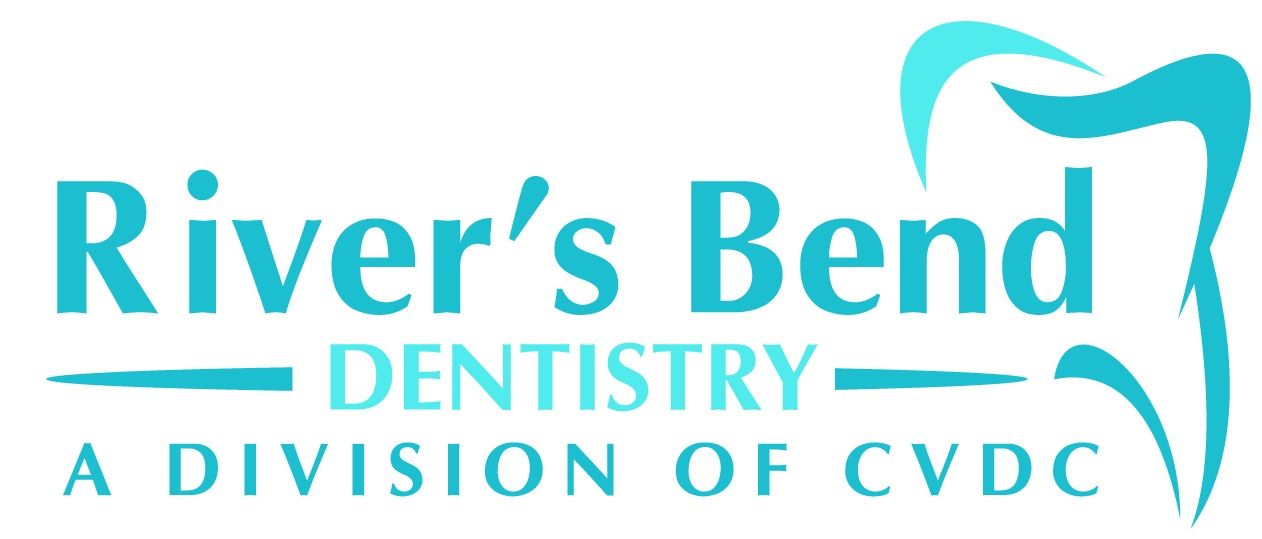A History of Gold Dental Crowns
Dental crowns are prosthetic devices used to restore a broken-down tooth back to its natural appearance. Crowns are typically made from four materials: gold, base metal alloys, ceramic, or porcelain-fused metal. Gold has long been a popular choice since it is extremely durable and practically insusceptible to erosion.
The use of gold in dentistry dates back to 2000 B.C. in Southeast Asia. In those days, modifying teeth with gold material was considered a method of beautification. Gold teeth became an indication of social status among the elite. Later in the 16th century, colonizing Spaniards discovered local Filipinos also employed this practice as a symbol of wealth, power, and status.
In the United States, it has not been uncommon for famous athletes and musicians to have gold teeth. Some of the most notable examples are Jack Johnson, an early American boxer, who wore gold tooth caps to symbolize his achievements. Mike Tyson, a professional boxer from 1985 to 2005, also wore gold tooth caps. Other examples include professional musicians such as Ludacris, Beyonce, Miley Cyrus and Madonna, many of whom donned golden teeth as a form of fashion.
Beyond a status symbol, gold tooth crowns also have many positive benefits according to the American Dental Association. These include:
- Resistance to corrosion
- Ability to withstand fracture and wear
- High tolerance of biocompatibility
- Gentle to adjacent teeth
- Ability to seal well in order to prevent recurrent tooth decay
Whether you’re interested in a gold dental crown or other materials, give Midlothian Dental Arts a call today to discuss your dental crown needs. You can reach us at (804) 379-9177.


Come See Us
We proudly serve Chester, Colonial Heights, Hopewell, Chesterfield, Prince George, and the Richmond area.
13030 Rivers Bend Rd,
Chester, VA 23836
- Mon - Thu
- -
- Friday
- -
- Sat - Sun
- Closed
804-530-3200
At River’s Bend Dentistry, our mission is to deliver the highest quality care, unprecedented comfort, and service. We’re committed to delivering the very best results for you!
Visit
Browse
All Rights Reserved | River's Bend Dentistry | Website By RedoSites




